Open terrariums are a versatile entry point for the terrarium hobby.
You still get all the fun of planting and building a terrarium without the complexities of balancing a closed system.
They open up a completely new set of exciting design ideas and funky arid terrarium plants.
Naturally, they all have unique requirements (e.g., if you plant your succulents like you do your ferns, you’ll have a problem), but the process is typically a whole lot easier.
So, in this article, you’ll learn how to make an open terrarium and how to choose the best plants/care for them.
Plus, some ideas on how to make a truly stunning display combining plants and hardscape.
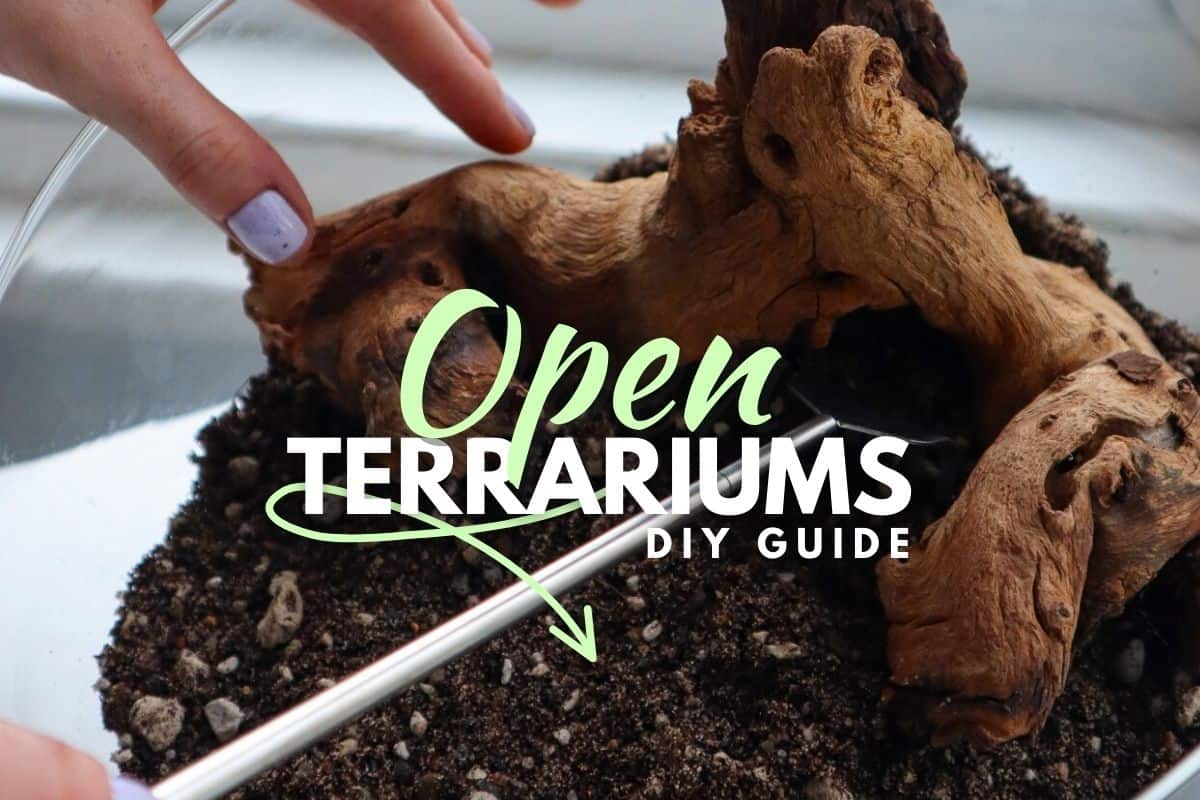
Terrarium Tribe is reader-supported. When you purchase through links on our site, we may earn an affiliate commission (at no further cost to you). 💜
Open Terrarium 101
Open terrariums are often more ornamental than technical.
In reality, any glass container that houses plants could be considered an open terrarium. It could be as simple as a glass bowl of succulents or cacti (and they generally are), or technically as complex as an arid vivarium tank.
Anything that’s open-air and not sealed is fair game.
But that comes with plenty of direct advantages over a closed terrarium:
- Better airflow for plants.
- No condensation issues.
- Lower risk of mold and rot.
- More forgiving, with a higher chance of success.
What you lose in complexity, you gain in utility. That’s why there are so many different types of open terrairums.
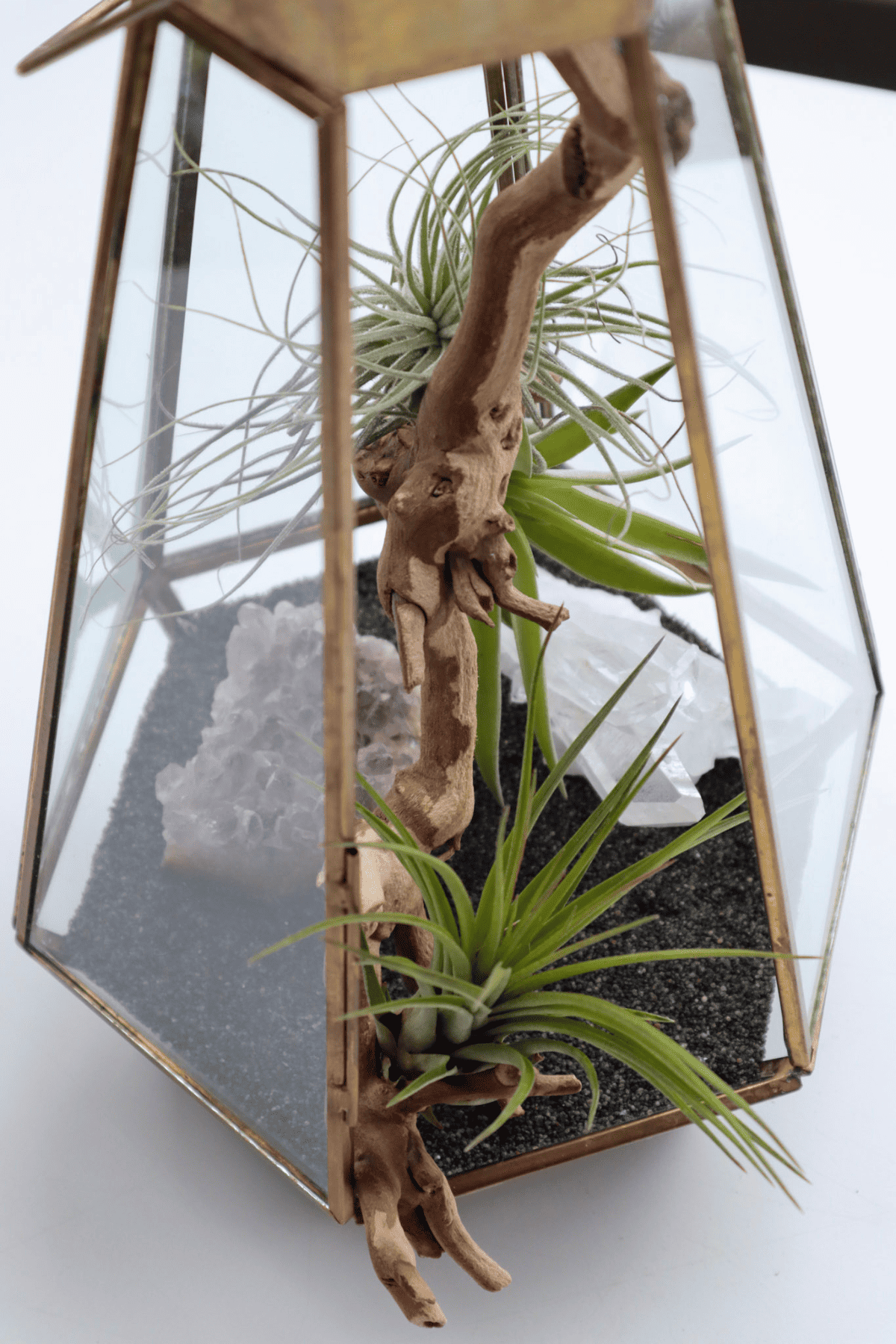
Best Open Terrarium Plants
There are two directions you can go in, and there’s pretty much no room to mix and match. The first is the more obvious, and the second breaks the rules a tiny bit…
1. Arid Plants
This is the classic open terrarium aesthetic.
Succulents, cacti, and air plants are perfectly suited to life in open terrariums.
Essentially, plants that don’t like humidity and consistent moisture. They tend to have similar care requirements, so it’s easy to put them together in an interesting mix of textures and shapes.
You’ll find plenty of suitable succulents out there – check out our succulents for terrariums guide for inspiration.
For a succulent terrarium, a few ideas might include:
- The stunning rosette foliage of Echeveria sp.
- The funky Sedum morganianum ‘Burrito.’
- The classic Jade Plant (Crassula ovata ‘Minima’)
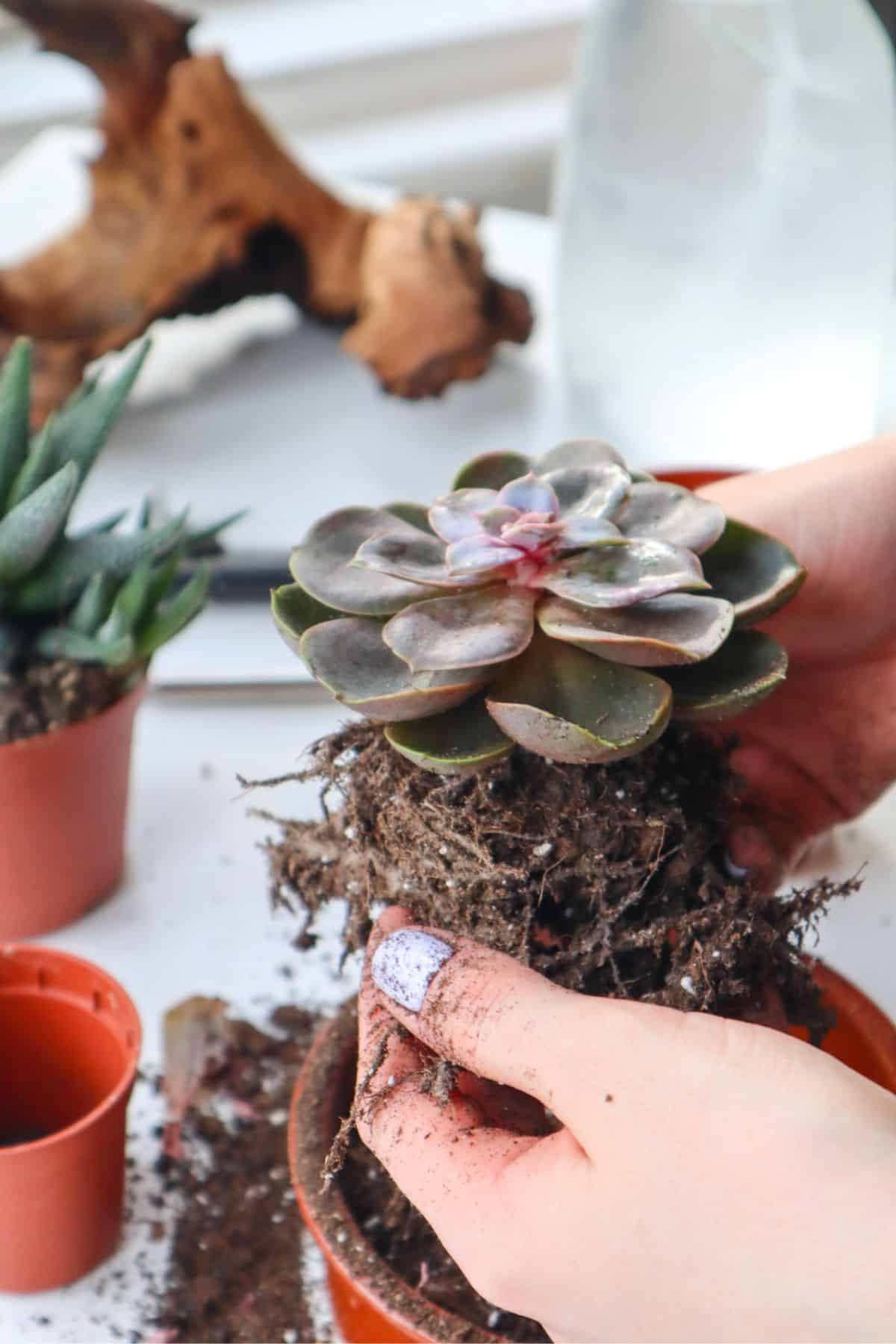
Next, you have cacti terrariums!
Technically, all cacti are succulents, but not all succulents are cacti. There’s a huge range, but some cacti really can get quite big, so it’s worth picking specific ones rather than a random selection from your garden center.
Here are a few smaller cacti plant ideas to get you started.
- Mammillaria rhodantha (Rainbow Pincushion)
- Opuntia rufida ‘Minima’ (Cinnamon Cactus)
- Echinopsis chamaecereus (Peanut Cactus)

See our guide to desert terrariums for more help with all kinds of arid plant terrariums.
Finally. air plants from the Tillandsia genus are a varied, beautiful, and easy addition to any open terrarium setup. They really are as simple as just placing them for maximum visual impact.
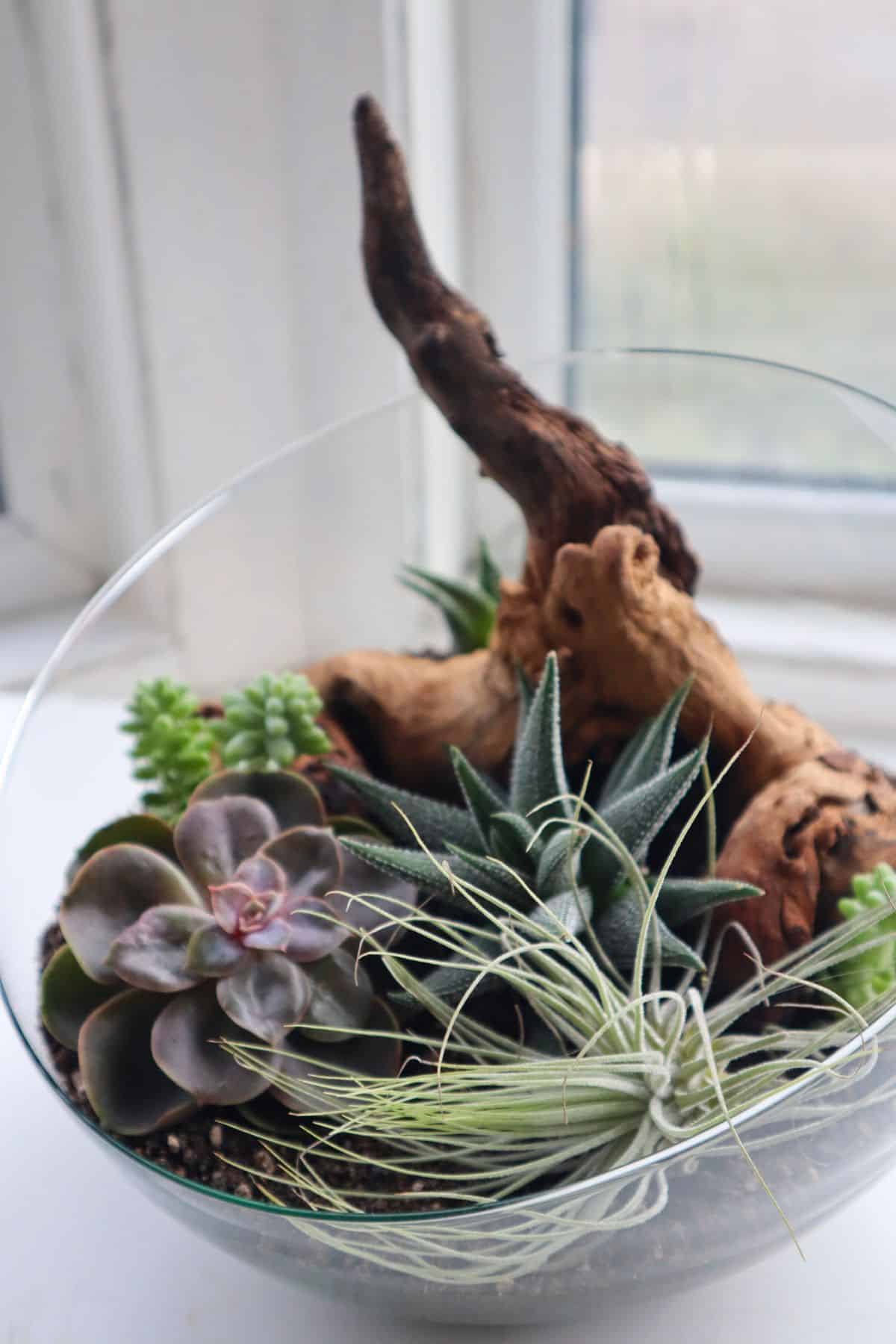
2. Houseplants
We don’t have to cater to the extremes; there’s a lot of grey area between desert and jungle plants.
Remember, an indoor open terrarium has the same environmental conditions as your house. If your houseplants are thriving in a pot on the windowsill, they’ll most likely be just fine in an open terrarium, too.
There are lots of houseplants that I’d love to put in closed terrariums, but realistically, they’ll grow too big and burst out the top.
Not a problem for open terrariums…
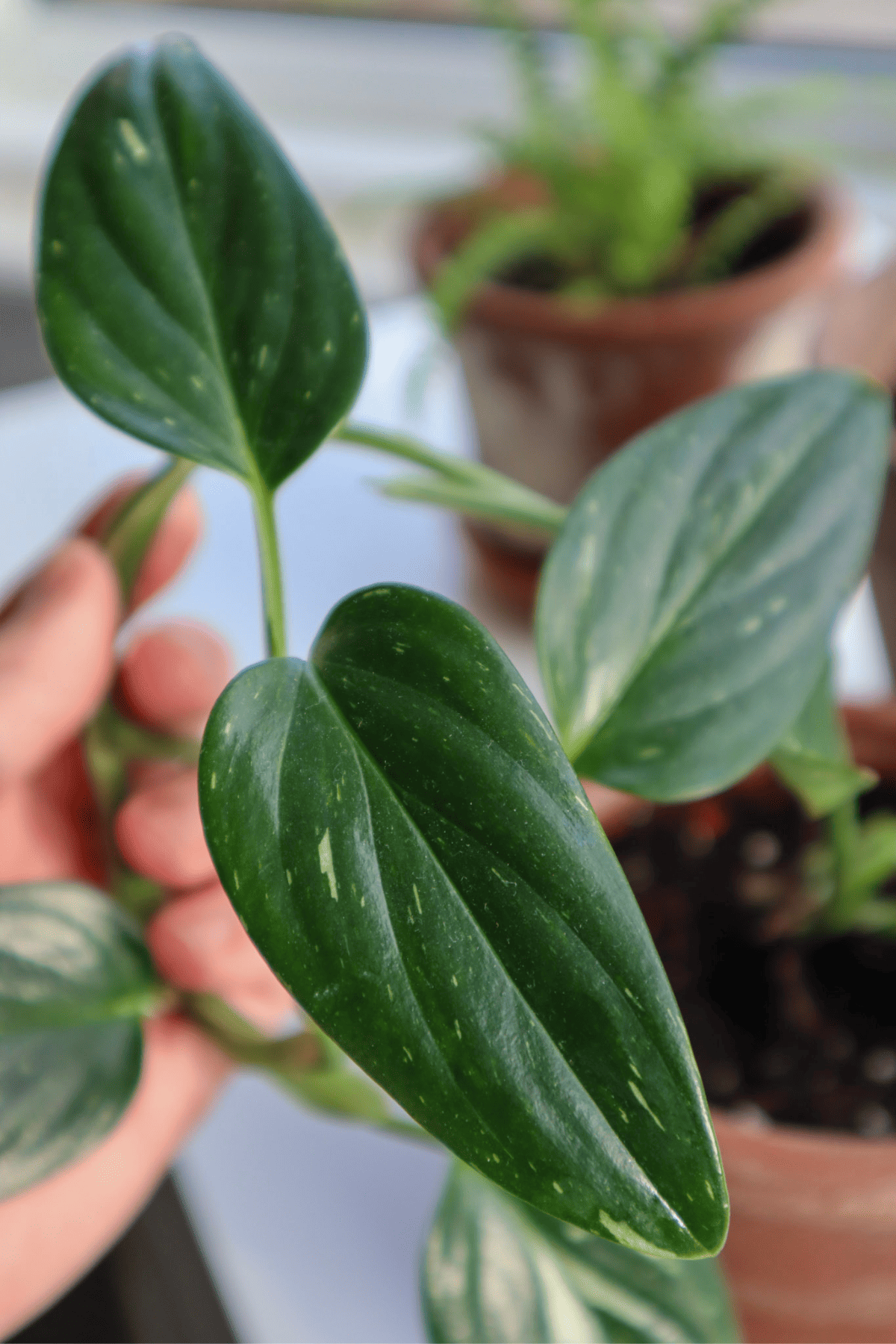
👉 Check out my guide to indoor plants for terrariums for more info and options on all fronts.
Open Terrarium Layers
The composition of your terrarium layers will be relatively similar no matter which kind of build you go for.
- Drainage layer – Whether you’re using arid plants or houseplants, good drainage is essential to prevent root rot. A drainage layer of leca balls or lava rock, covered with a substrate mesh still works well for open terrairums.
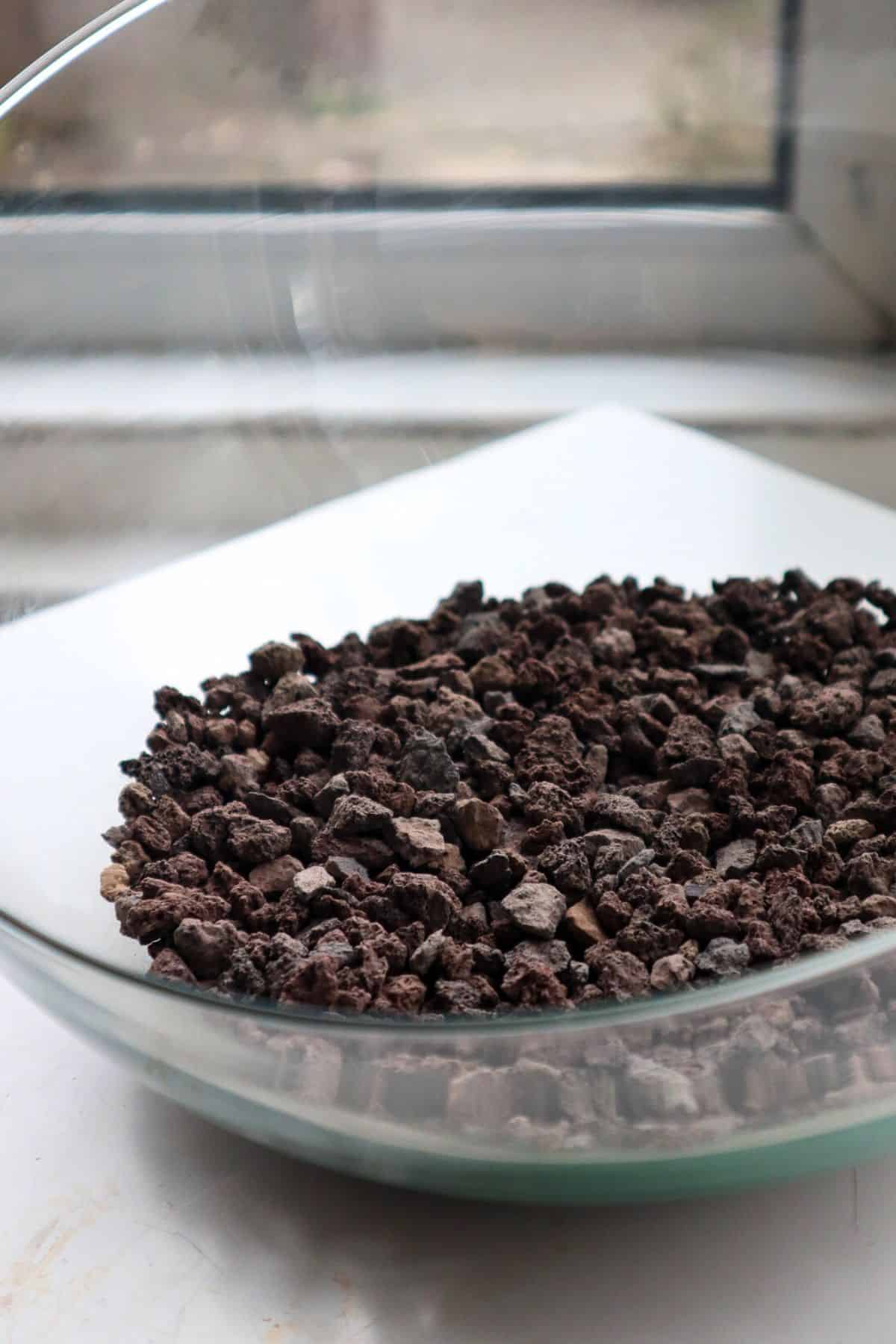
Charcoal layer– Mold isn’t an issue for open builds, so the filtration properties of charcoal are relatively useless here. Save your pennies and skip this step.- Substrate/soil layer – As you know, drainage is very important for open terrariums (as is root aeration), but how that translates to soil depends on your plants. Aroid houseplants will need a light tropical plant mix with elements such as orchid bark (our tropical terrarium mix is a good fit), and arid plants need a gritty succulent and cacti mix with elements like sand and pumice.
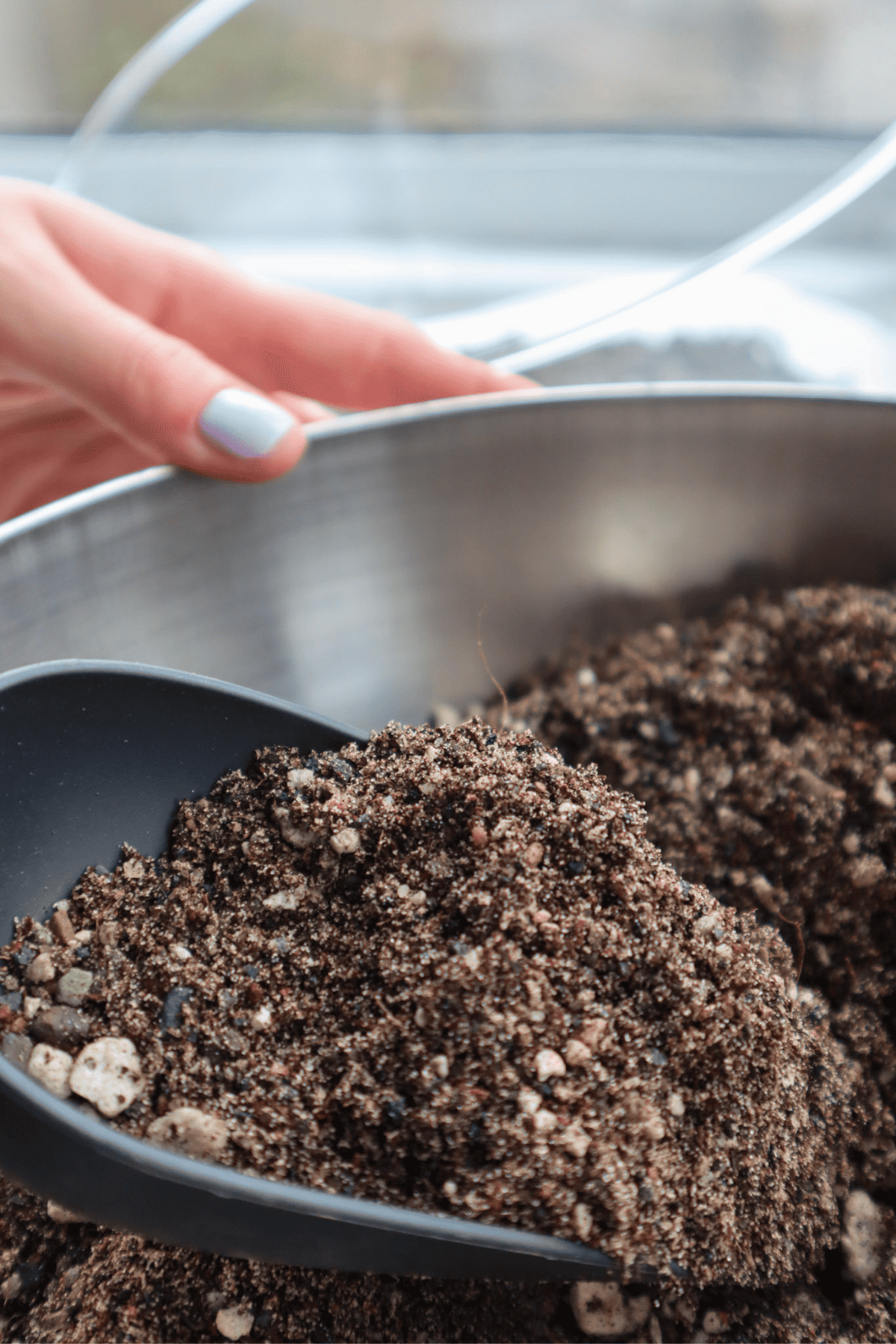
Open Terrarium Care
To be honest, there’s no super strict science to open terrarium care.
Without the need to finely balance a tiny ecosystem, you’re essentially just trying to keep your plants fed and happy. It’s no different to looking after your houseplants, but often that’s hard enough, right?
So, if you’re used to keeping succulents or houseplants in pots around the house, you can usually treat your open terrariums in much the same way.
Watering
Seeing as open terrariums have no natural water cycle, it’s going to fall to you to keep it topped up. Sorry!
Watering requirements and methods will vary with your plants.
Succulents have their own watering preferences. Experts advise that they like to have their roots soaked with water but then be allowed to dry out again for a few days.1
So, unlike closed tropical terrariums, misting isn’t recommended.
That said, pouring water isn’t a good idea either. Not only is it likely to disturb your careful planting, but a drainage layer is only going to go so far and isn’t as effective as a hole in a pot.
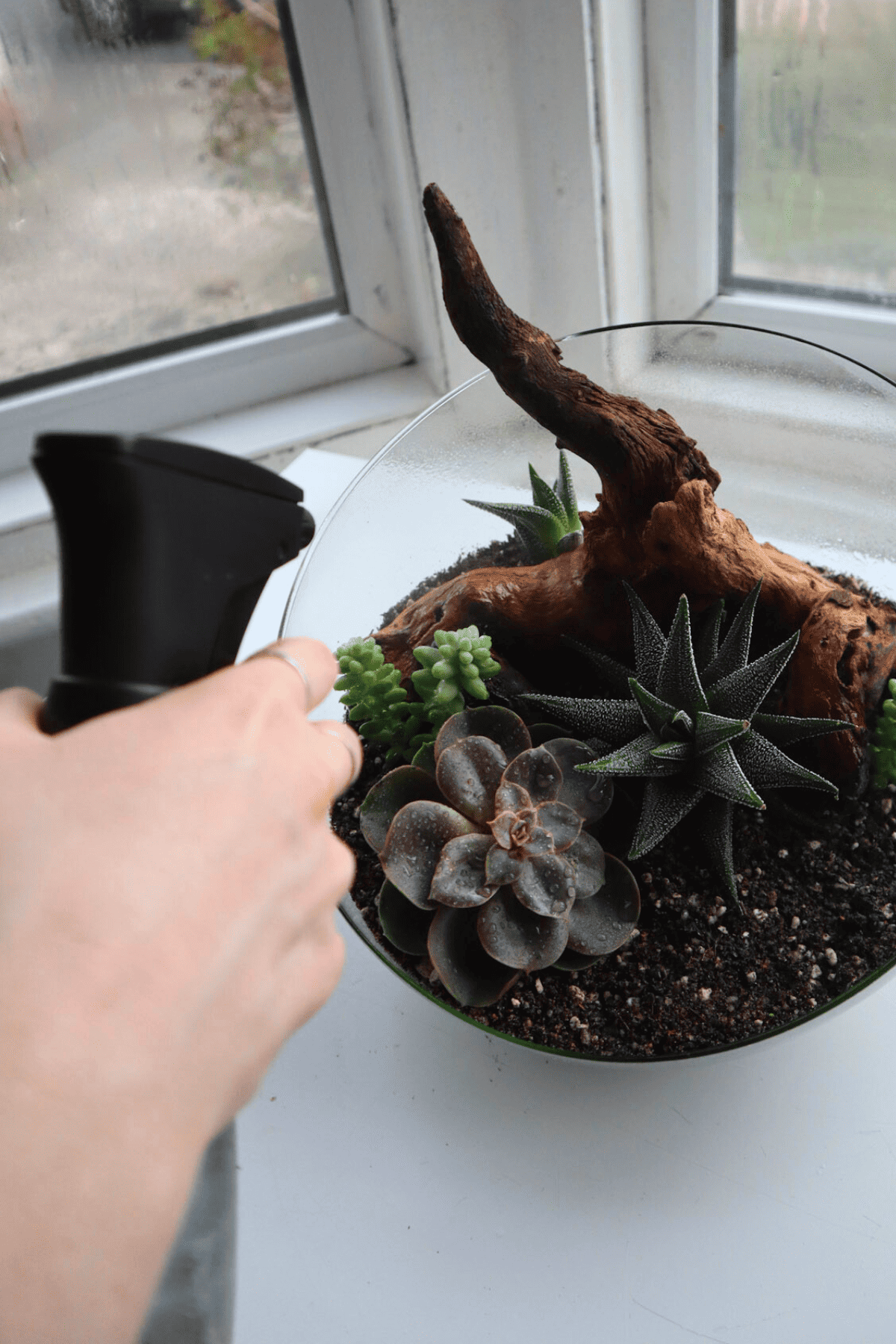
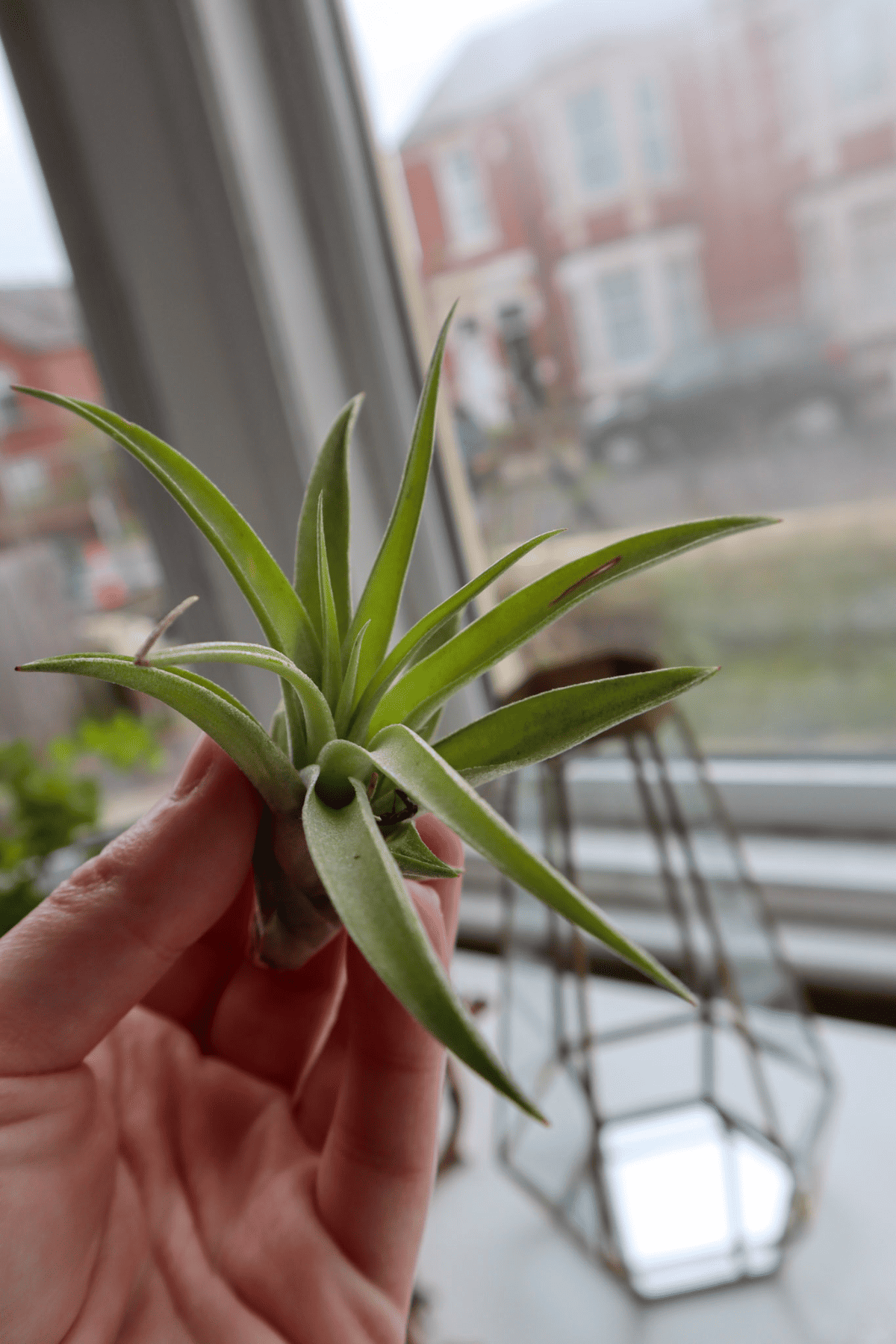
Lighting
Where closed terrarium plants are almost all shade-loving plants, open terrarium plants are often the opposite.
Which means you can actually put these by the window and show them off – hurrah!
Succulents like to have several hours of direct sunlight a day, so they’re best placed on a windowsill where they’ll get some morning rays. Houseplants will vary.
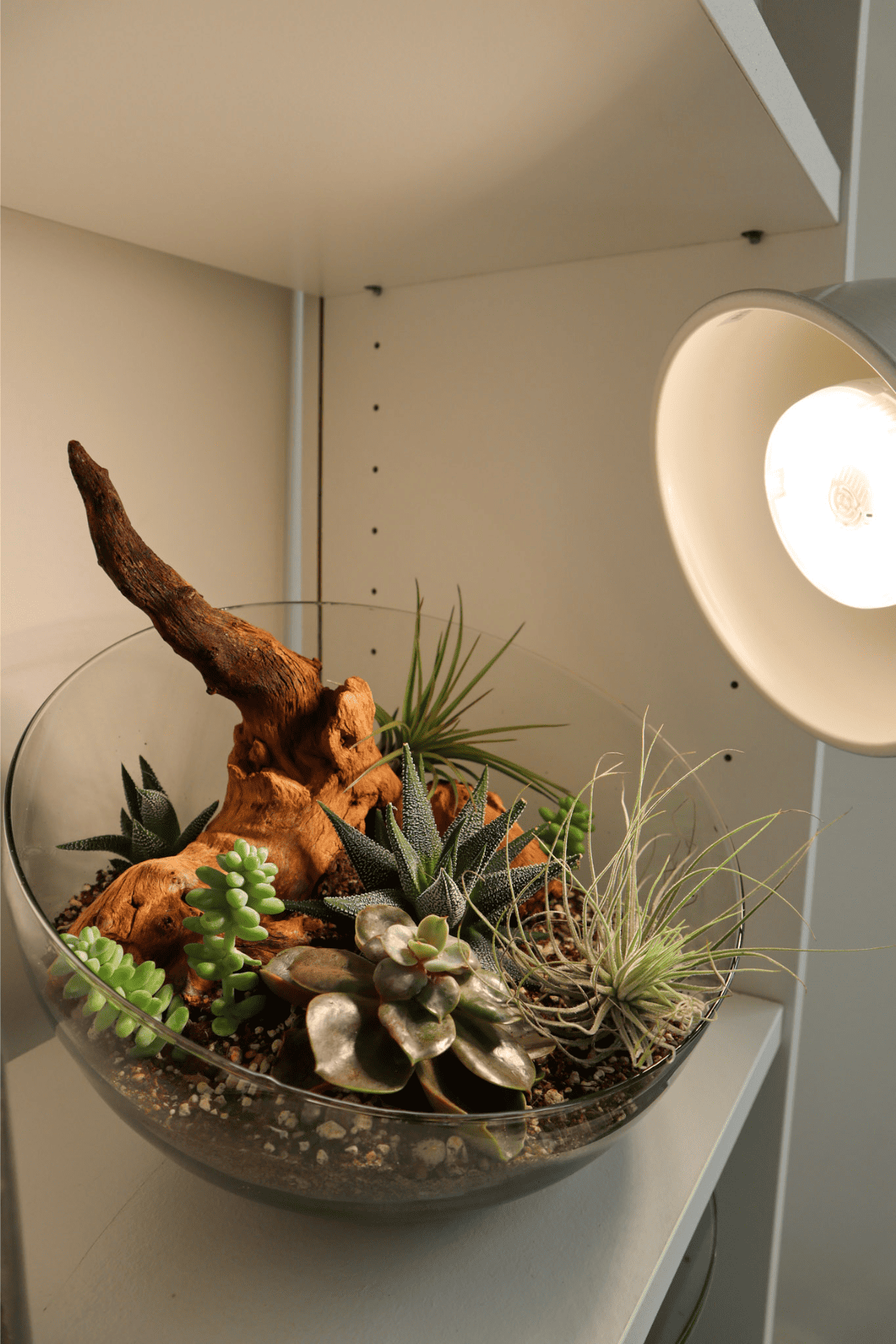
Pests
Open terrariums are much more susceptible to bugs, pests, and infestations than their closed counterparts.
Sadly, mealy bugs and gnats have been the death of many noble houseplants, and you’ll need to be extra vigilant on that front.
So, if you see your plants rapidly declining, there’s a good chance it’s down to an insect of some sort.
Give them a good inspection, try to identify the little buggers causing the problem, and treat them accordingly – consistency is key. We use neem oil when we get pest outbreaks.
Pruning
Terrariums containing houseplants and vines tend to quickly outgrow their vessels. Some intentional spillover can look great, but you might also have to trim a lot more aggressively than with closed terrariums.
Arid plants, on the other hand, will require almost no pruning… ever.
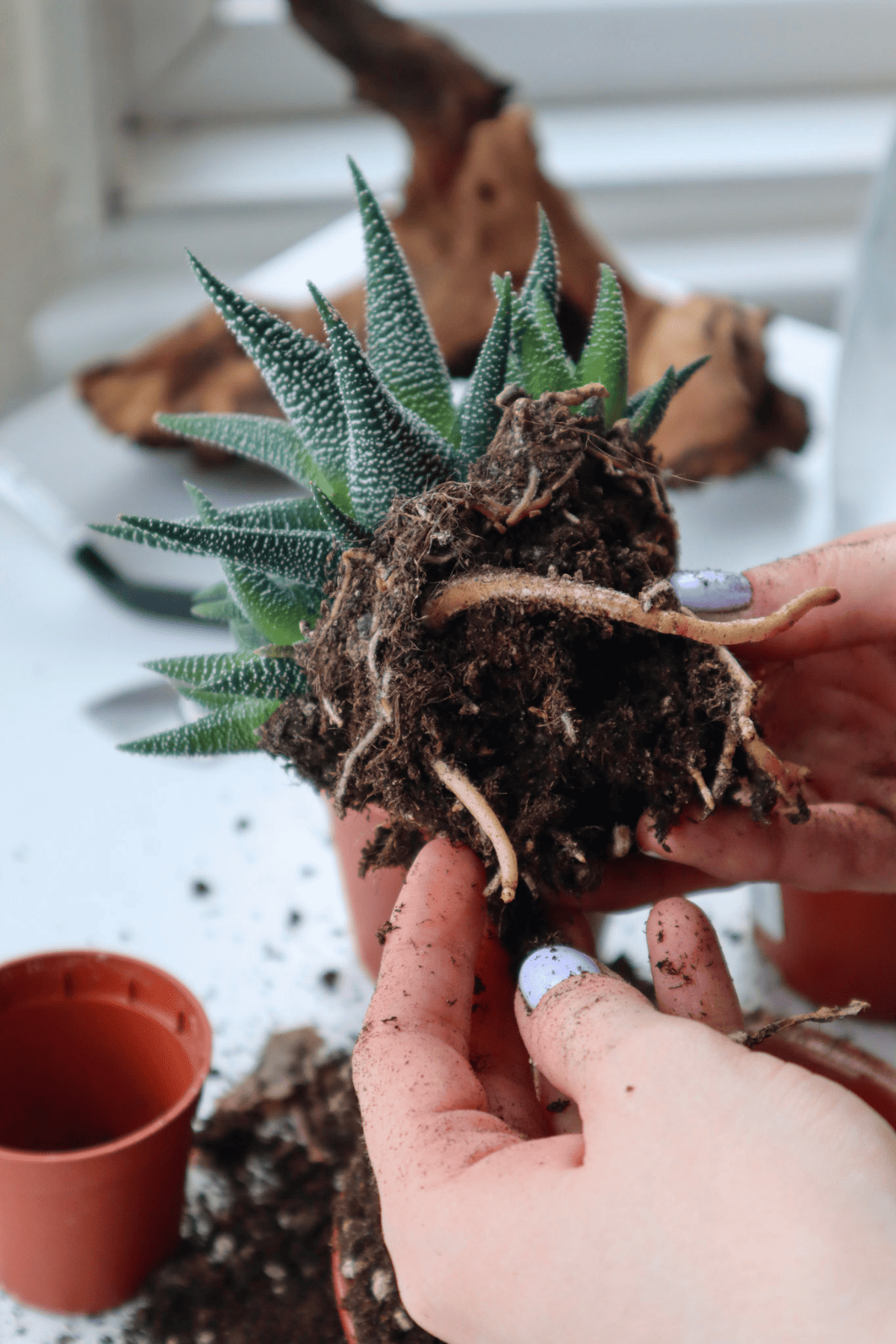
Cleaning
In an open system, things can get a little dusty.
I find that you can generally just buff the glass with a microfibre class to get it clean and shiny again. However, if it’s particularly dirty, you can wipe it with a wet cloth first (using distilled water so as not to leave calcium deposits on the glass).
The same goes for any particularly glossy succulents.
If you’re using top stones or gravel on top of your soil, a small brush is best to gently dust them off.
Over to You
I’m interested to hear how you feel about open terrariums.
Do you have any of your own, or maybe even prefer them? Maybe you’ve managed to grow some cool plants that other people haven’t?
Let us know in the comments.
If you’re ready to join us on the dark side with a functional terrarium, check out our DIY terrarium guide and our general approach to choosing suitable .
References:
- https://www.succulentsandsunshine.com/how-to-water-succulent-plants/ ↩︎

Your site is very educative, thank you. I want to do my own terrarium but do I choose my plant first then look for type of soil that suits them.
That’s the best way 😊
Going to do two teranium’s one of succulant’s another cacti. Was told to do in layers, grit, sand, charcoal, potting soil and pebbles. But what on the bottom and the rest to the top.
Layers can be helpful in succulent and cacti terrariums, but it’s also super important that the whole thing has excellent drainage. Having a thick layer of potting soil on top would be a bad idea for example. So, I’d personally mix the sand, potting soil, charcoal and grit to make an even mix that dries out faster and has some root aeration.
I just bought a empty terrarium and I’m excited to creat my own but I don’t know what plants to buy what ones go together it’s closed . Can you recommend something like a buying guide?
Sure, I’d start with my guide on the Definitive List of Closed Terrarium Plants. 😀